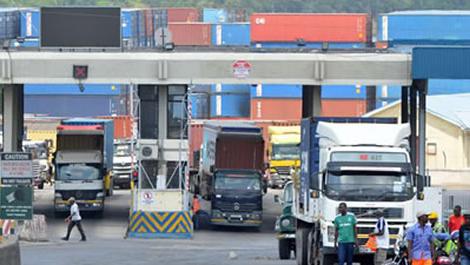
Contactless solutions
It aims at minimizing physical contact among people in cross-border supply chains by facilitating the flow of goods without spreading the virus.

Seamless connectivity
It focuses on eliminating obstacles to cross-border trade and transport operations arising from the COVID-19 crisis.
- UNCTAD/ASYCUDA Guidelines
- COVID-19 Survey on Guidelines to Customs Administrations
- Facilitate humanitarian aid flows through efficient and managed coordination – ASYREC
- Key international commercial law implications
- National TF Committee coordination: general
- National TF Committees coordination: best practices in times of crisis and epidemic
- National TF Committees: ECE
- TRAINS online NTM portal & training
- Analysis of NTMs introduced as part of the broader COVID-19 containment effort

Collaborative solutions
It seeks to strengthen regional and sectoral cooperation to facilitate joint actions and solutions in responding to the COVID-19 pandemic.


